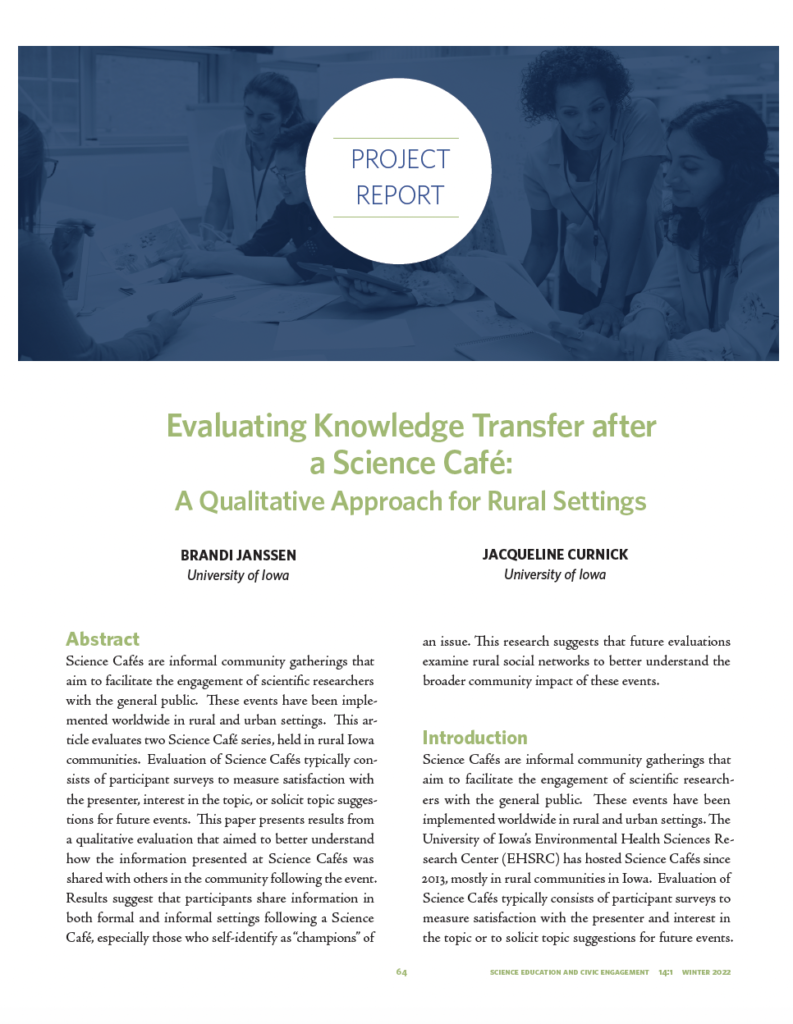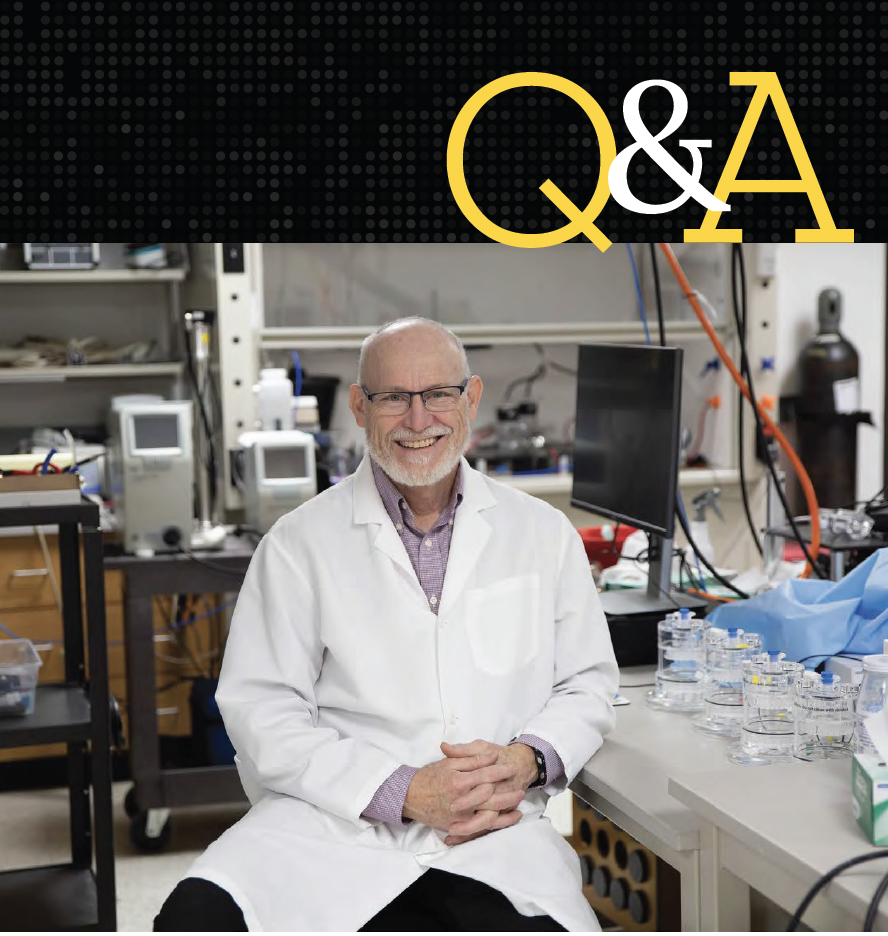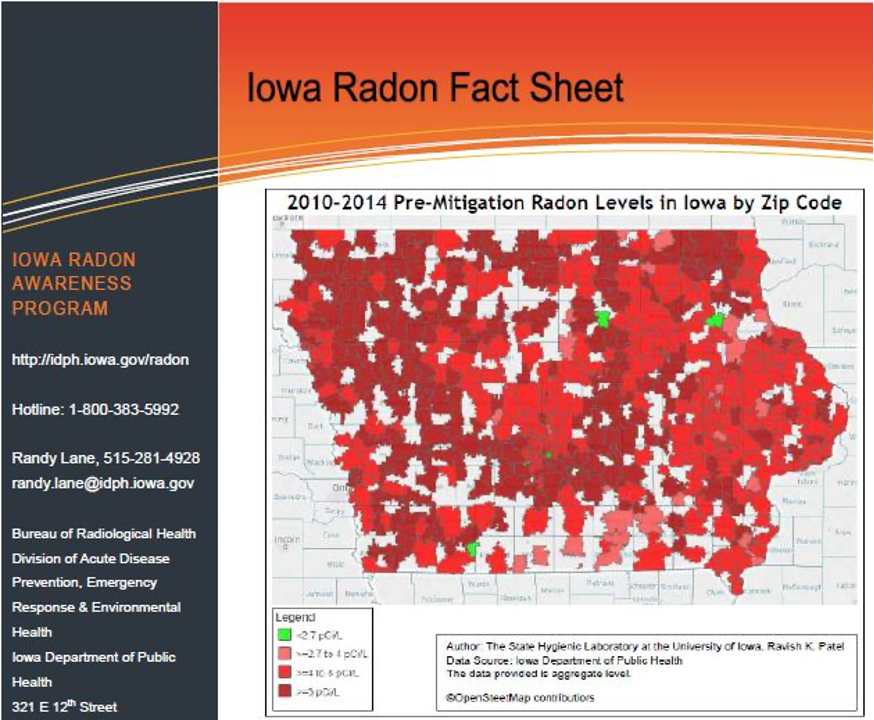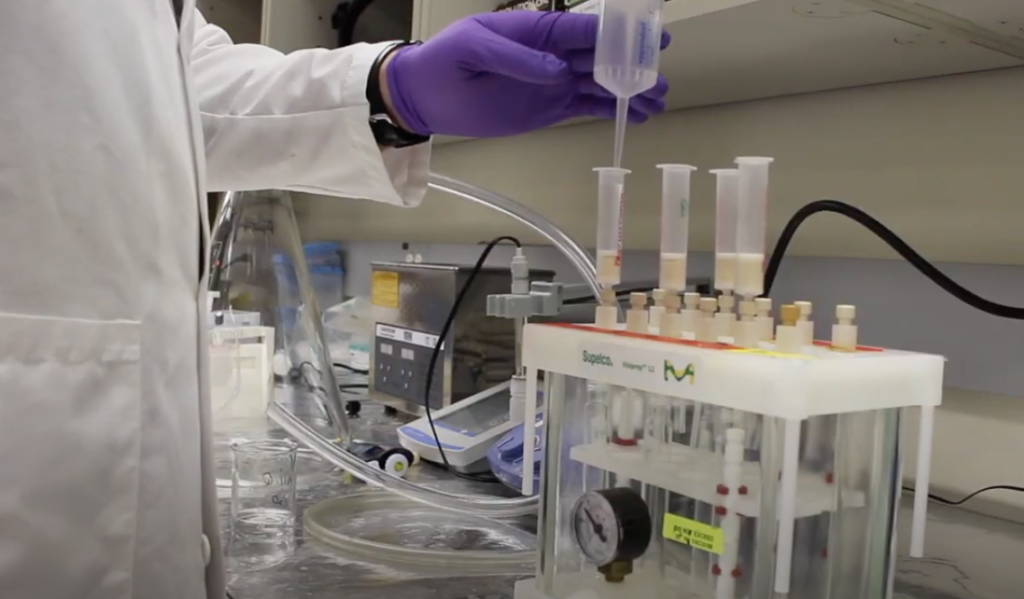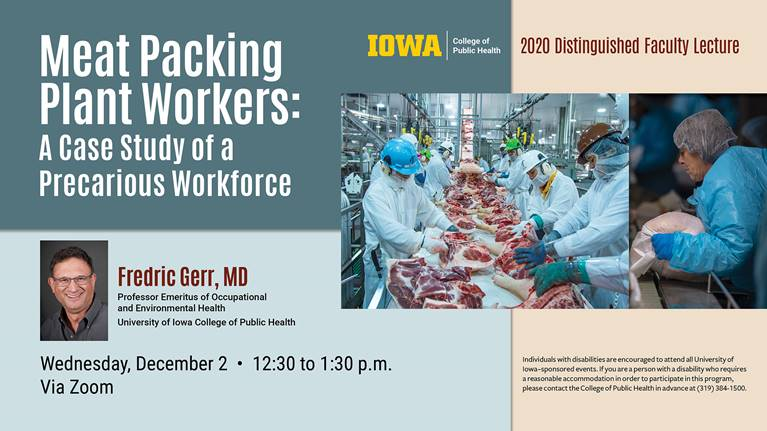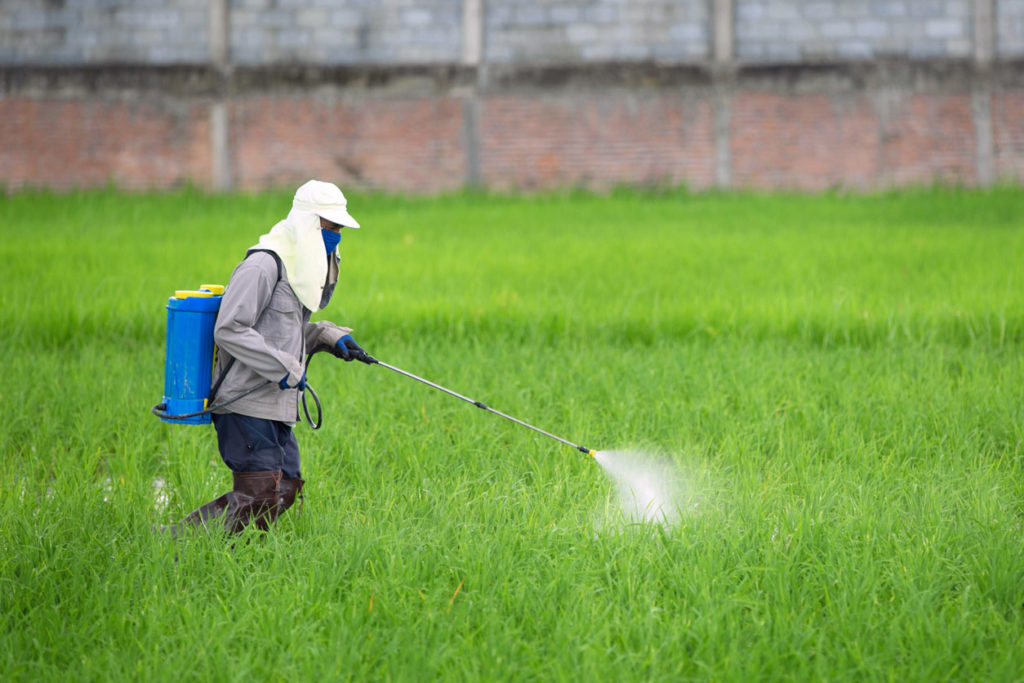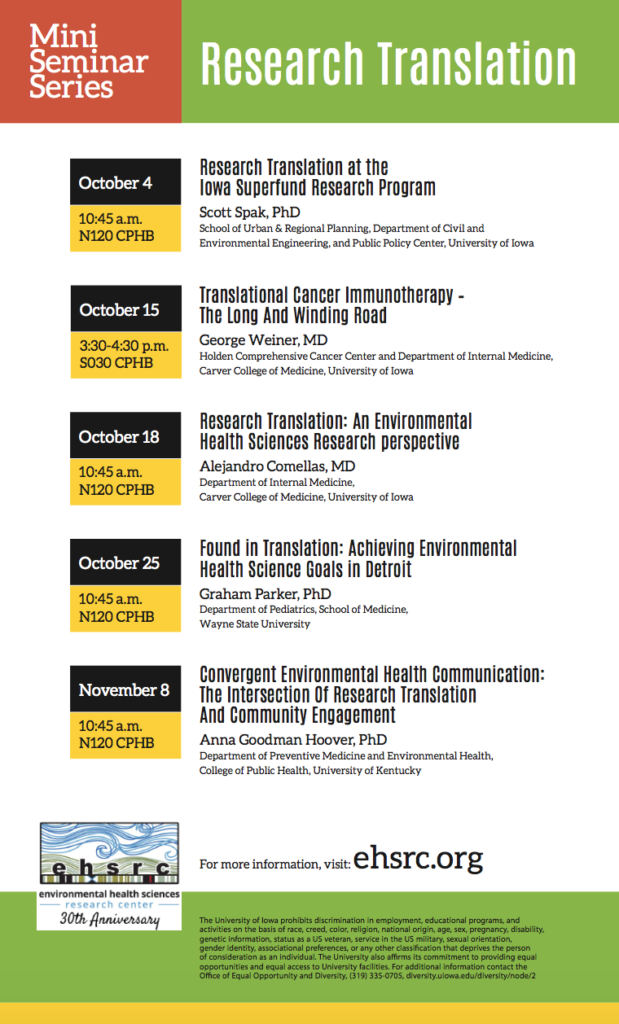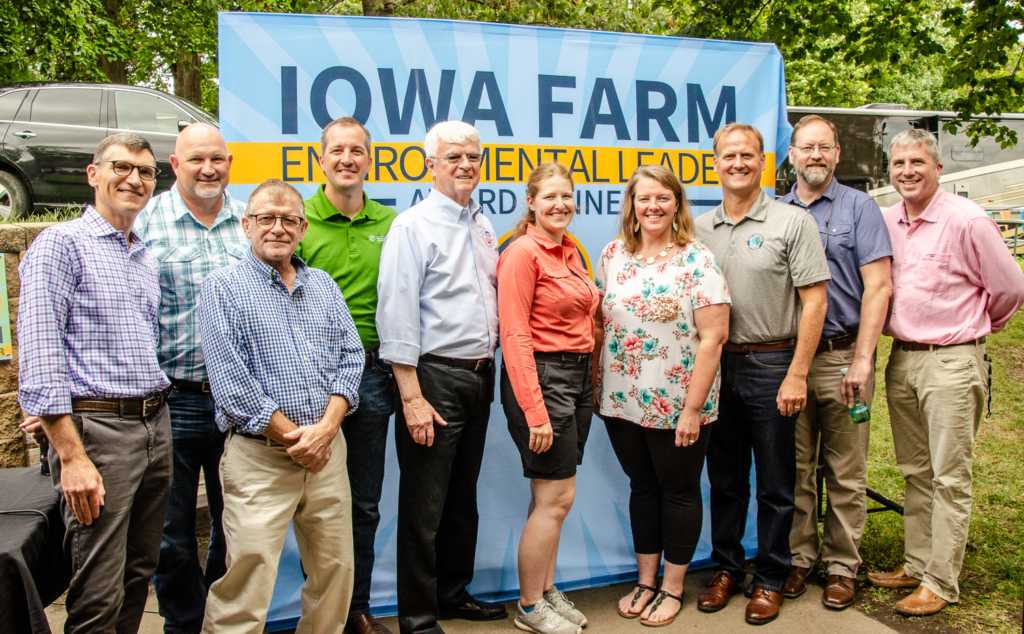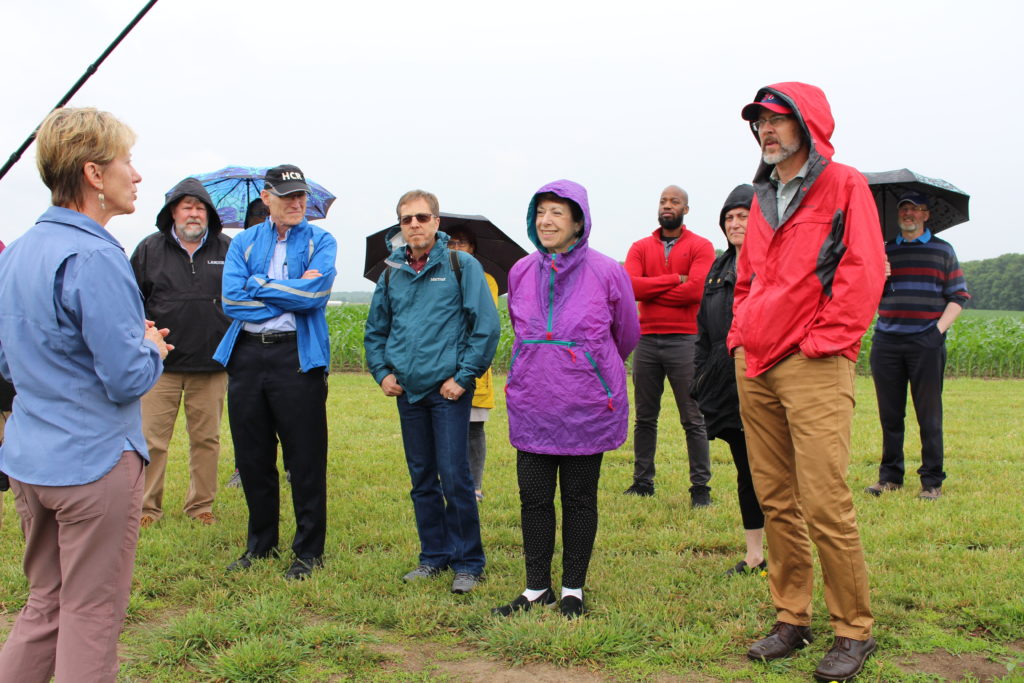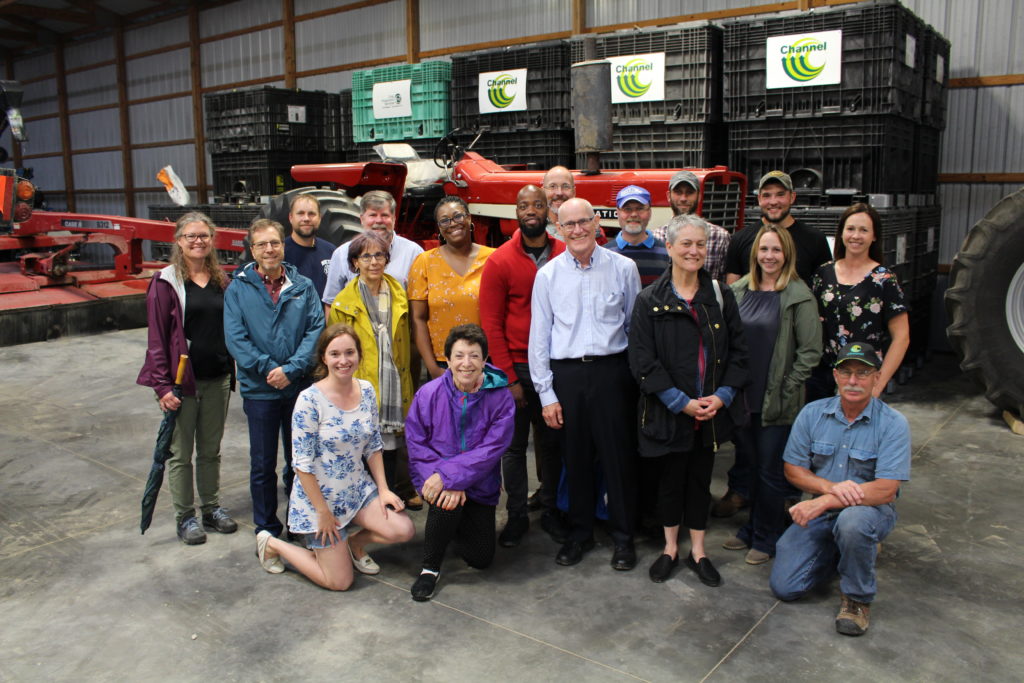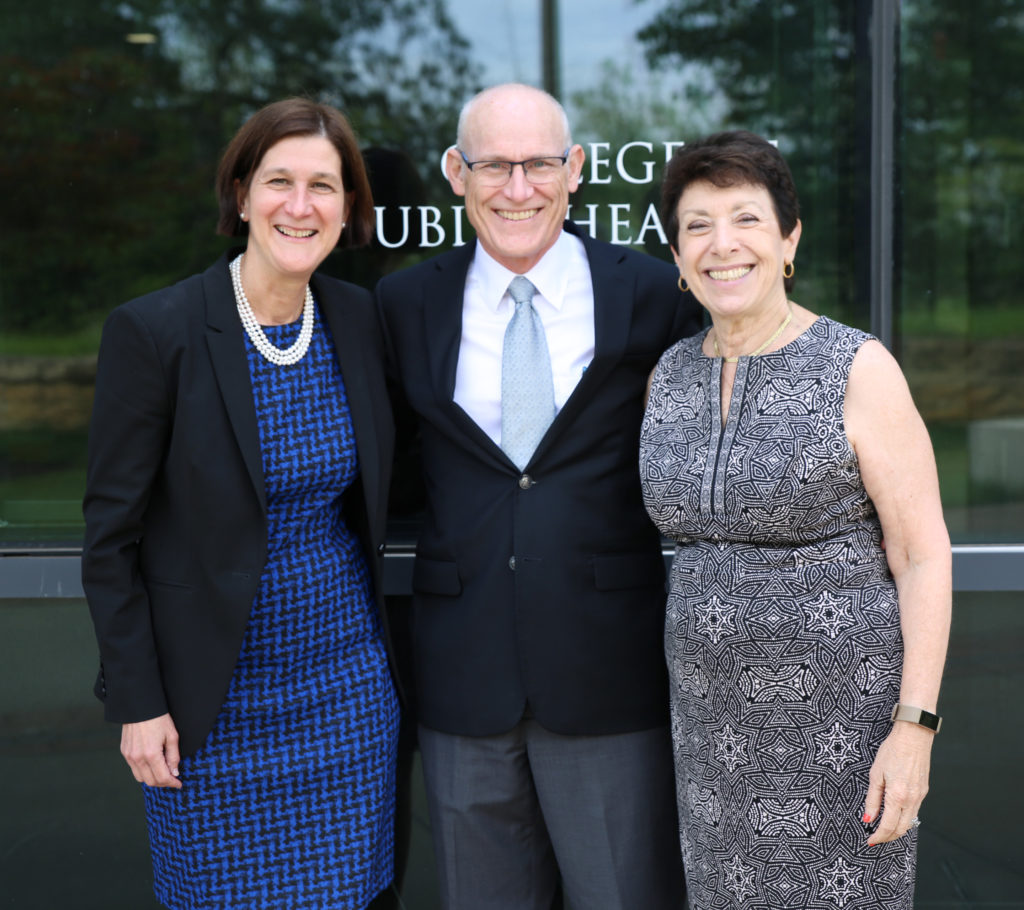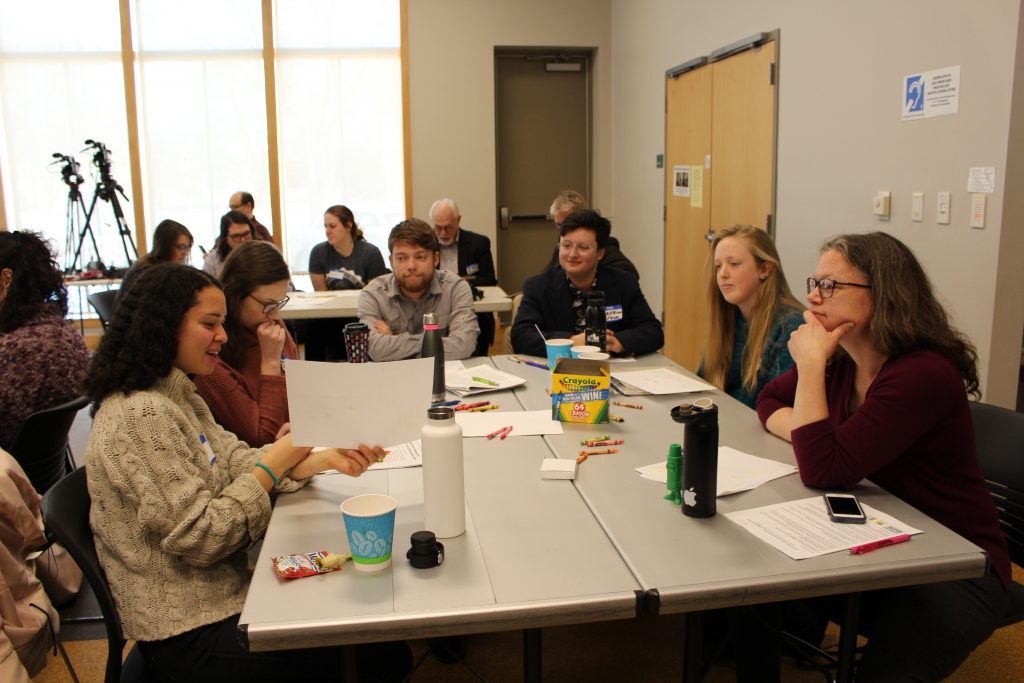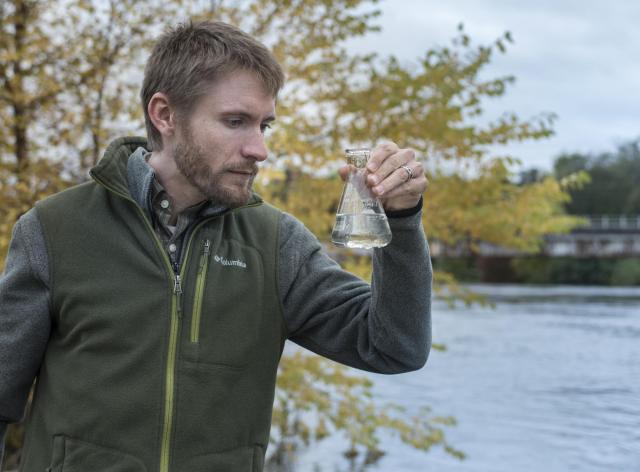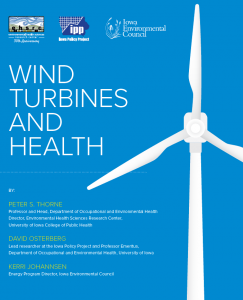The yearly training titled “Enhancing Your Research with Equitable Community Engagement” is seeking proposals for lightning talks (7-10 mins).
This call is open to anyone in the University of Iowa community (students, staff, faculty, post-docs, community partner) and the topic is community engagement in a Public Health project. The event will be the morning of June 25th.
Please submit your proposal using the qualtrics form by Monday April 21st. https://uiowa.qualtrics.com/jfe/form/SV_6ljGTFz3wLtLTng
Proposal components: Title of proposed talk, describe the project (200 words or less), and describe the community engagement component (100 words or less)
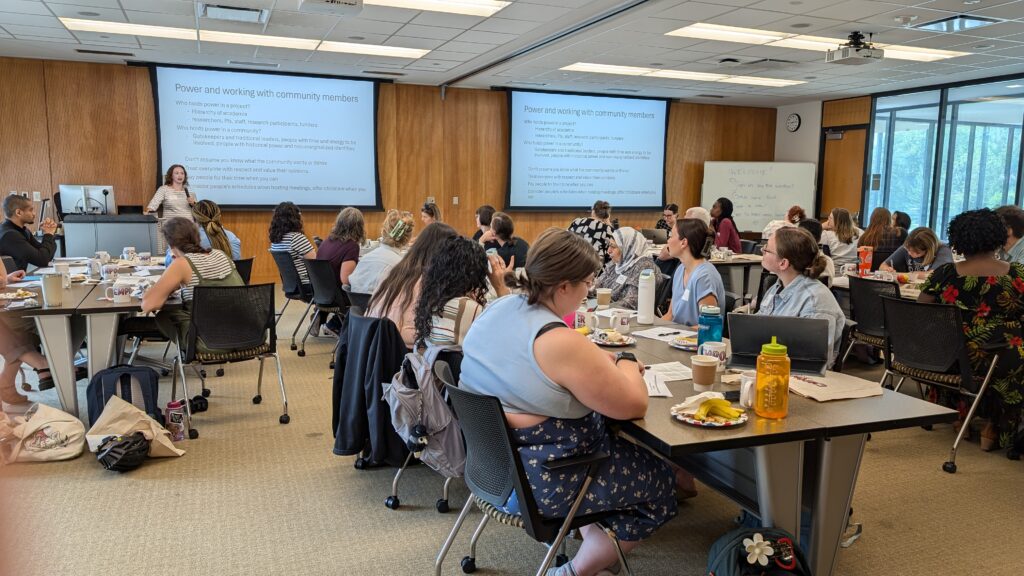
This event is sponsored by the Community Engagement Cores of the Environmental Health Sciences Research Center and Iowa Superfund Research Program.
Questions? Email Jackie Curnick at jcurnick@uiowa.edu
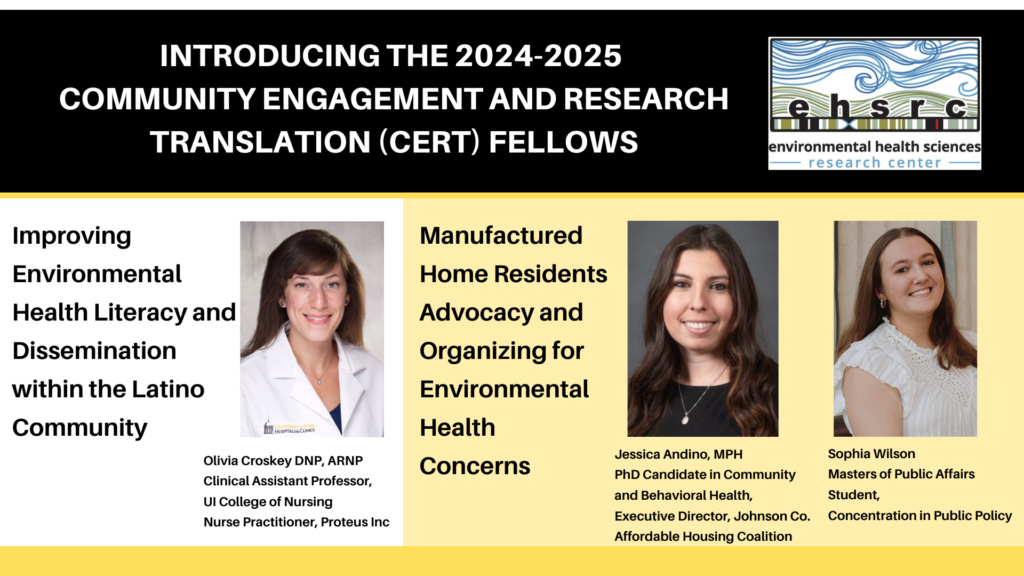
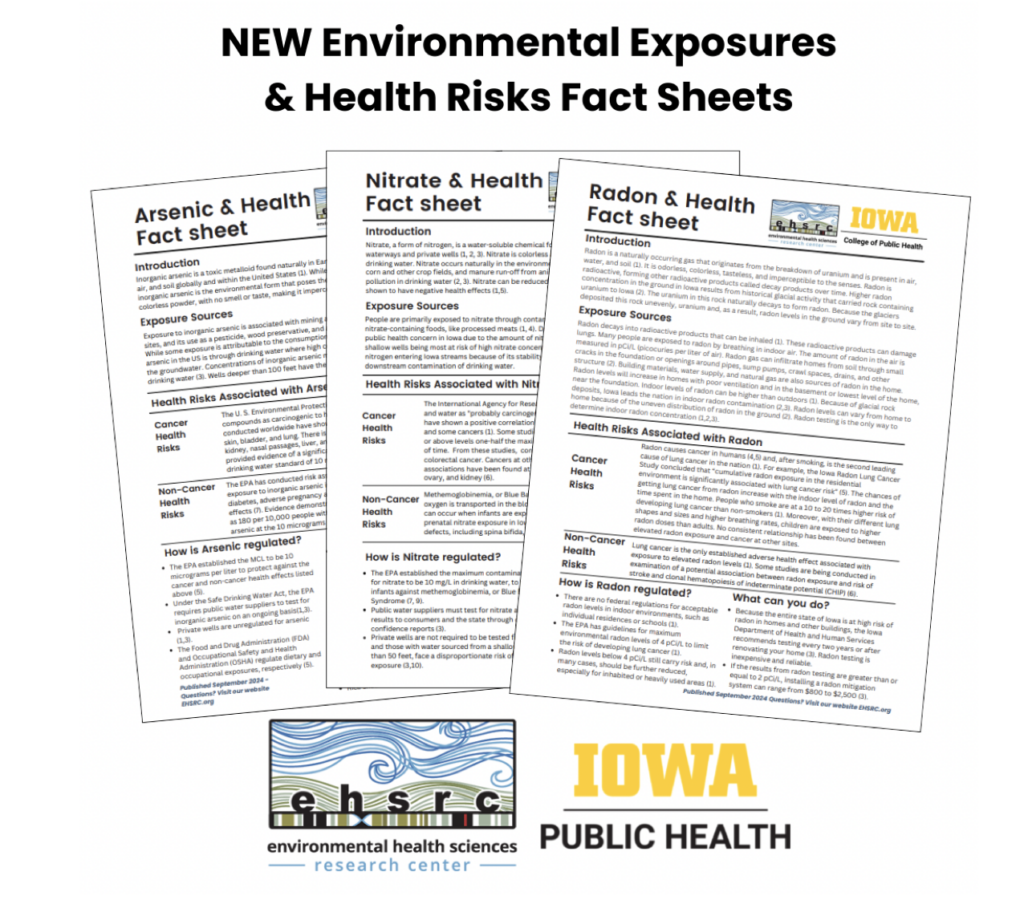
 Dr. Hans-Joachim Lehmler has been named the 2024 College of Public Health Distinguished Faculty Lecturer. He is a professor in the Department of Occupational and Environmental Health in the University of Iowa College of Public Health, and the director of the Environmental Health Sciences Research Center (EHSRC).
Dr. Hans-Joachim Lehmler has been named the 2024 College of Public Health Distinguished Faculty Lecturer. He is a professor in the Department of Occupational and Environmental Health in the University of Iowa College of Public Health, and the director of the Environmental Health Sciences Research Center (EHSRC).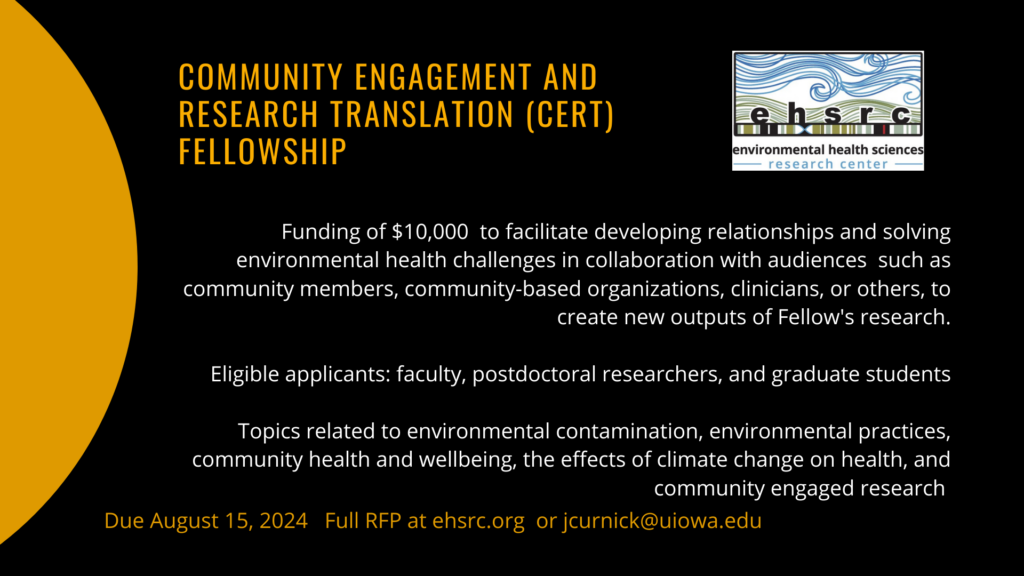
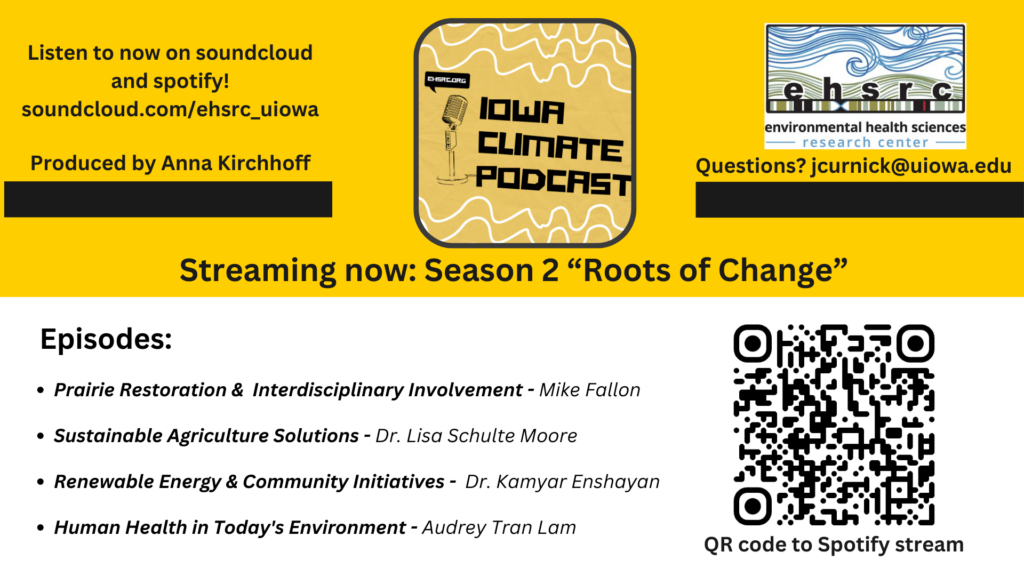

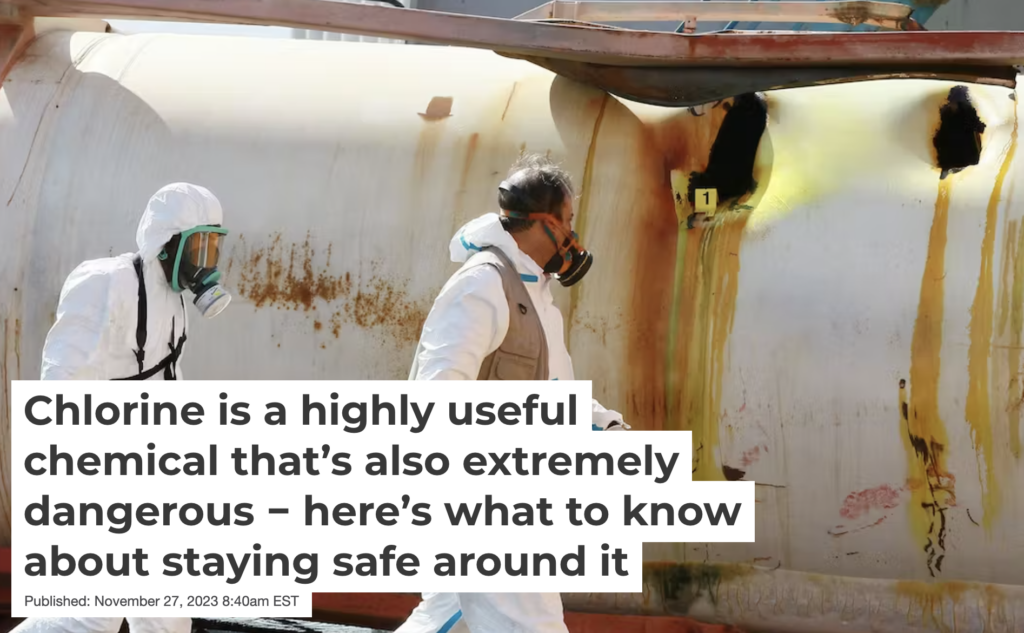
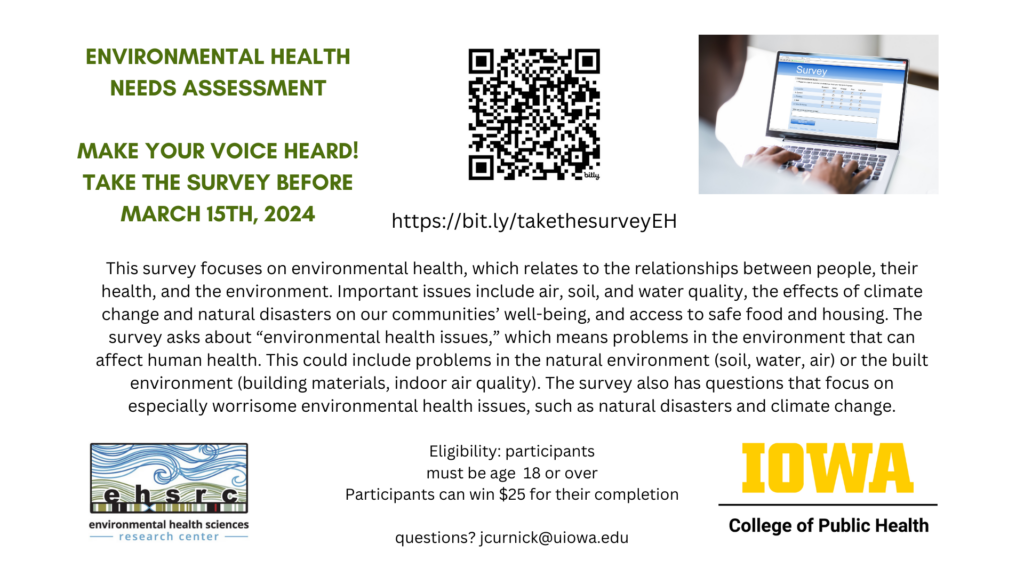
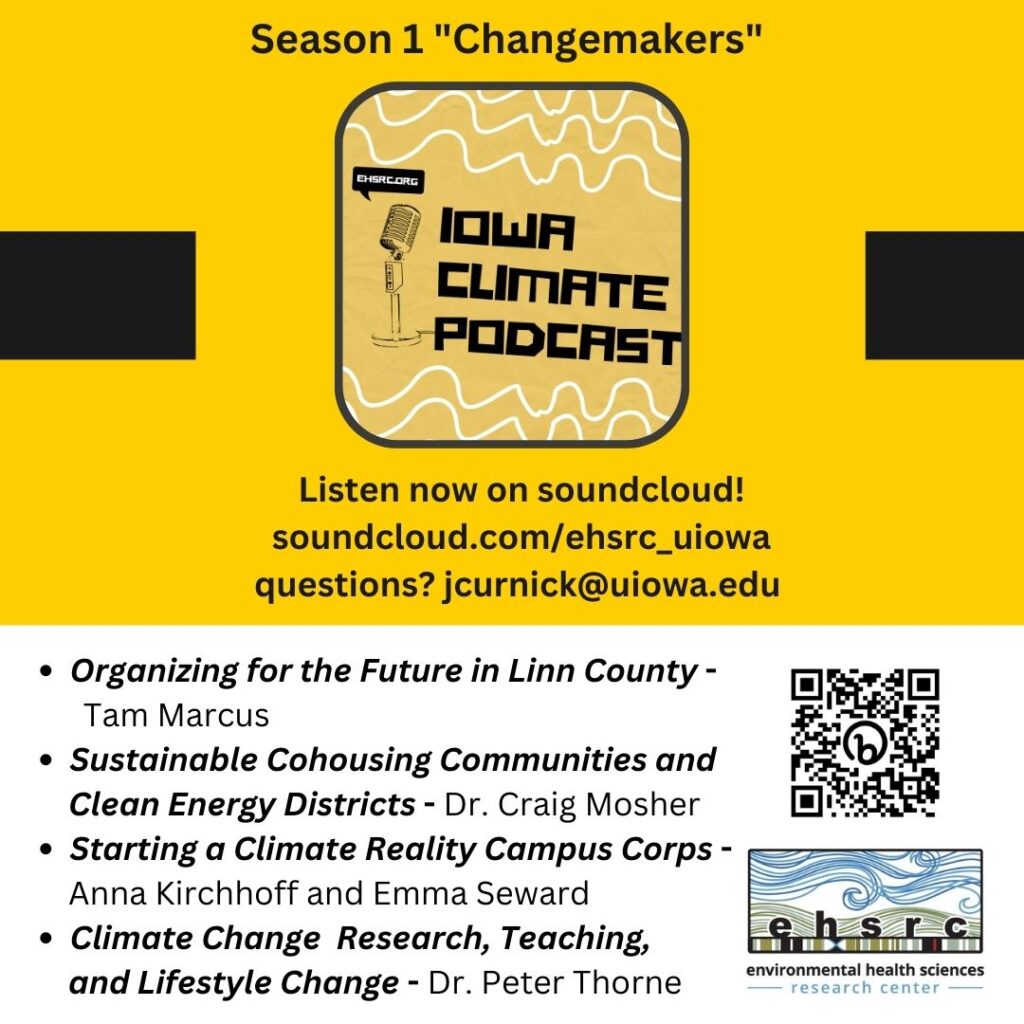
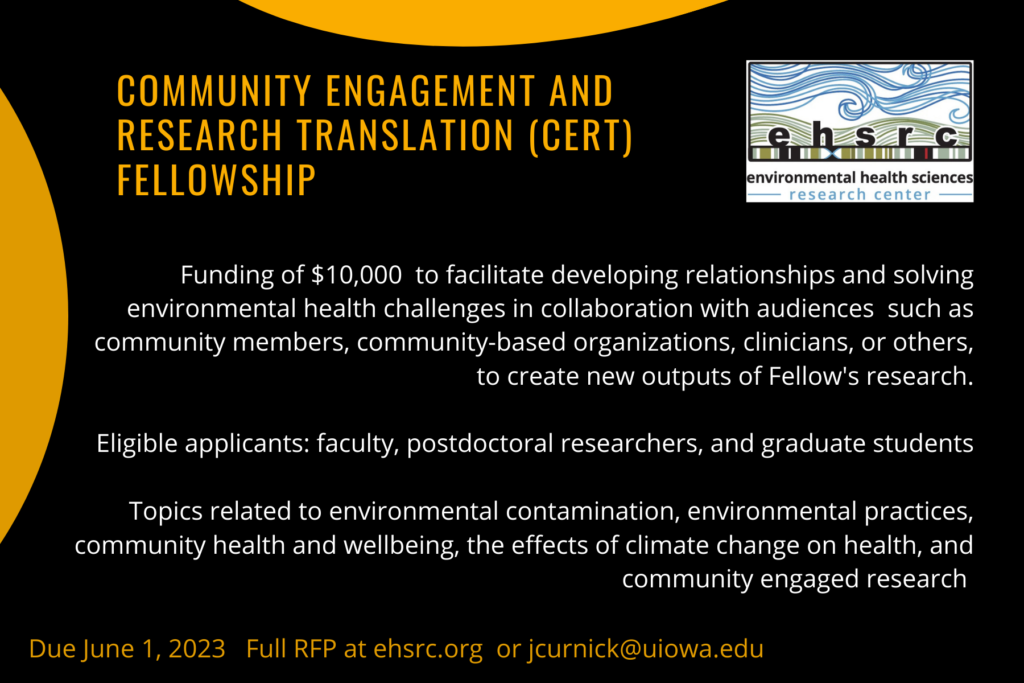
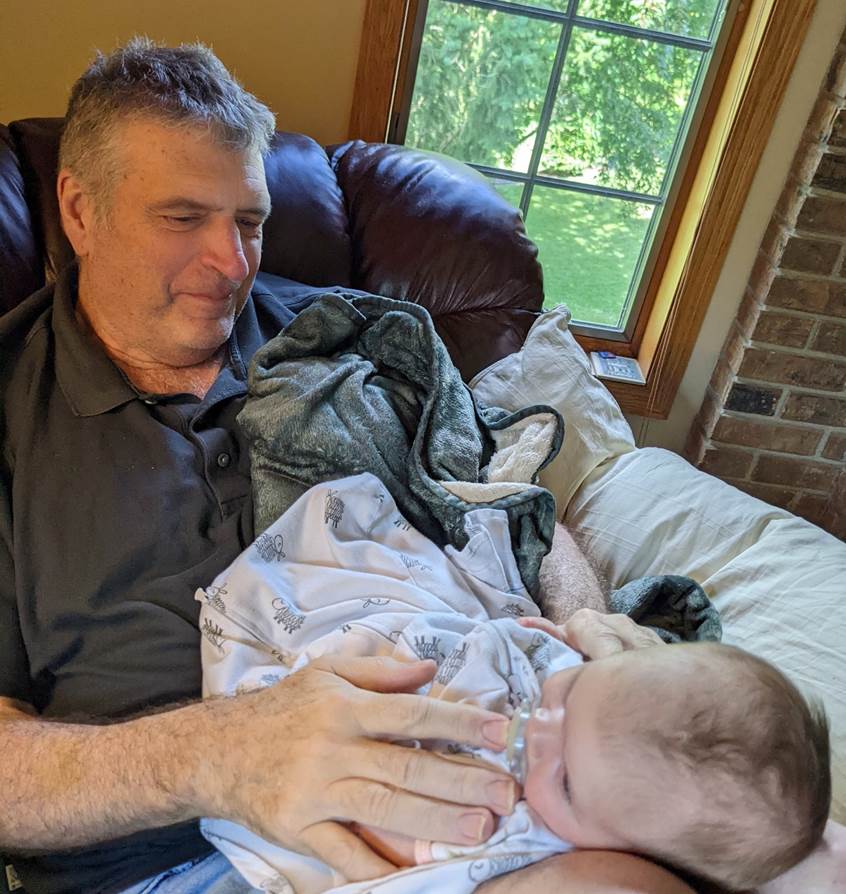 1994. He joined the UI faculty in 1998. He recently retired as a Professor from the University of Iowa’s College of Public Health with appointments in the Department of Occupational and Environmental Health and Department of Epidemiology.
1994. He joined the UI faculty in 1998. He recently retired as a Professor from the University of Iowa’s College of Public Health with appointments in the Department of Occupational and Environmental Health and Department of Epidemiology.

